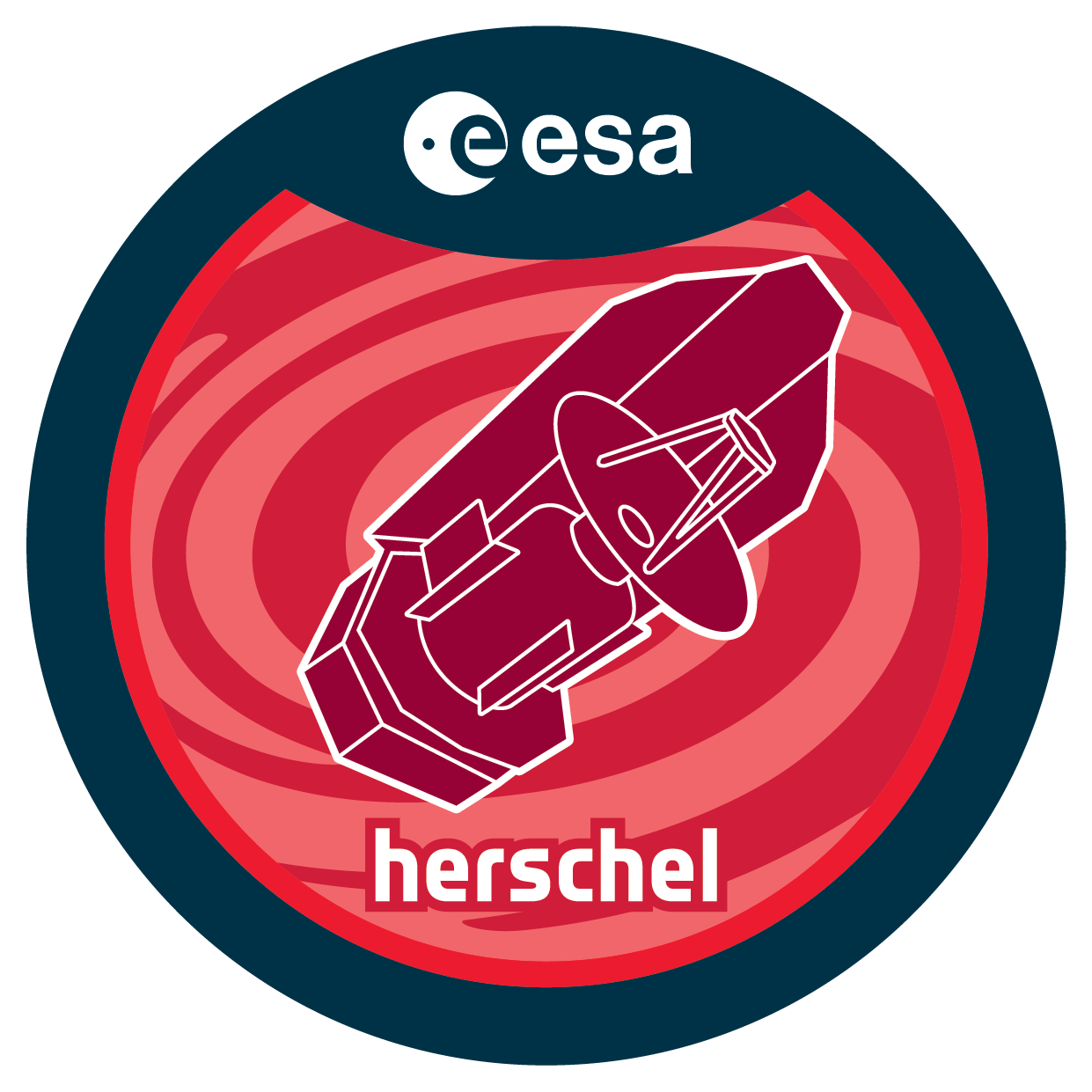| Description |
Understanding protostellar evolution is a necessary step towardcharacterizing the factors which ultimately determine the propertiesof emerging stars and their planetary systems. We propose PACSimaging and spectroscopy of protostars identified in Spitzer surveysof the Orion molecular cloud complex. This is the richest knownsample of protostars at a common distance within 450 pc of the Sun.Deep PACS 70 and 160 micron imaging will be obtained for 283protostars ranging in luminosity from 0.1 to 1000 Lsun and spanningthe Class 0, Class I and flat spectrum evolutionary phases. The highsensitivity and angular resolution will enable us to measurebolometric luminosities in crowded fields, removing potentiallysignificant contributions from external heating. In concert withexisting near-IR and Spitzer mid-IR images and spectra, the deep PACSimaging will be used to determine the fundamental properties of theprotostellar envelopes and disks (properties such as envelopestructure, density and angular momentum, disk luminosity). PACSspectroscopy of 37 protostars will be used to measure water vapor, OHand O lines arising in the envelope, in the accretion shock onto thecentral protostellar disk, and in outflows. These data will providean unparalleled view of the flow of material from the envelope ontothe disk, through the disk to the star, and away from the star inoutflows. The Orion molecular cloud complex contains an exceptionallywide range of parental gas conditions (i.e. initial conditions) andenvironments (from dense clusters to relatively isolated protostars).By comparing the properties of protostars in different regions ofOrion clouds; we will assess the roles of initial conditions,environment and feedback from outflows in guiding protostellarevolution. These observations will produce a unique legacy datasetfor guiding and testing a theory of protostellar evolution. |

